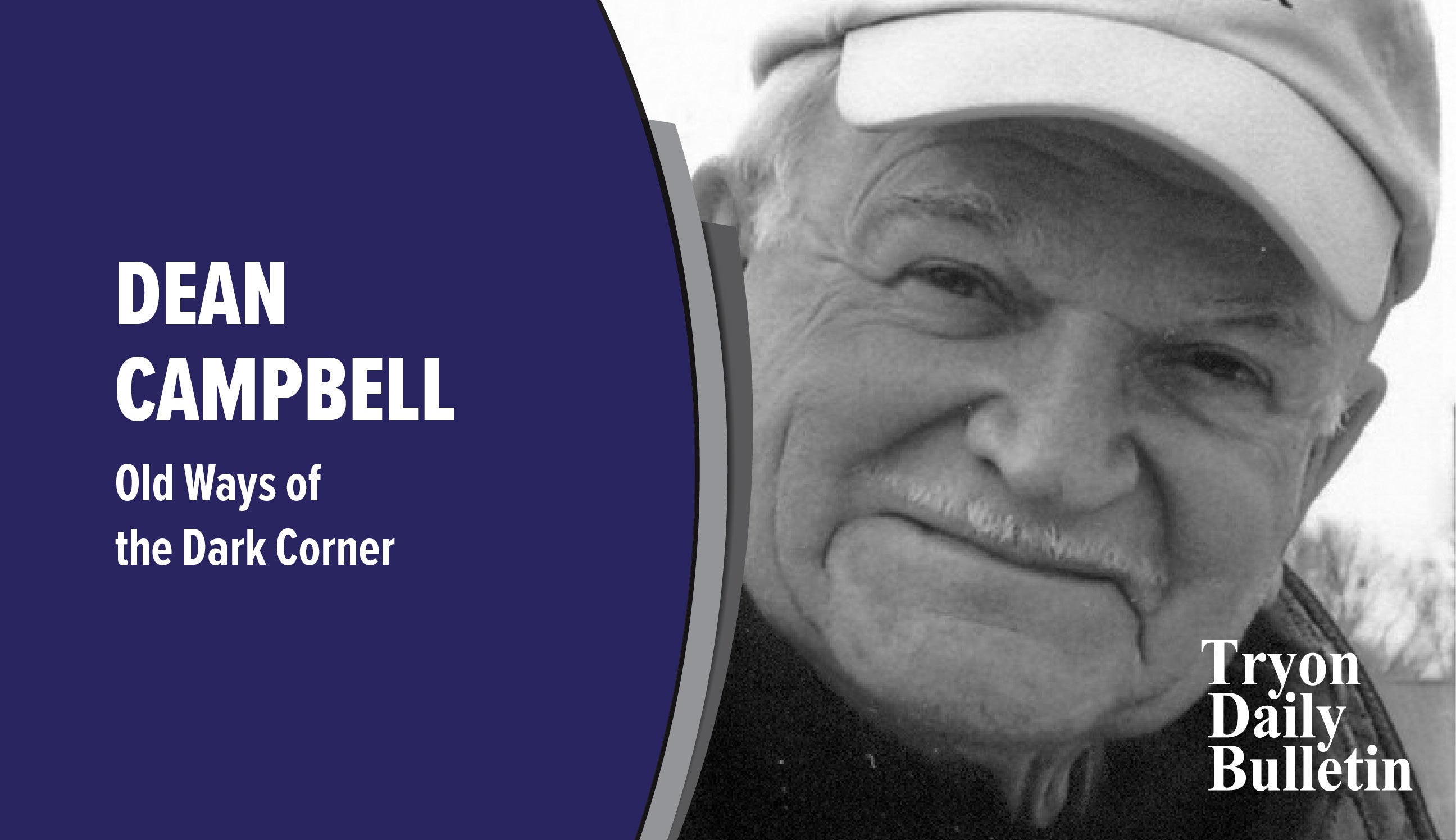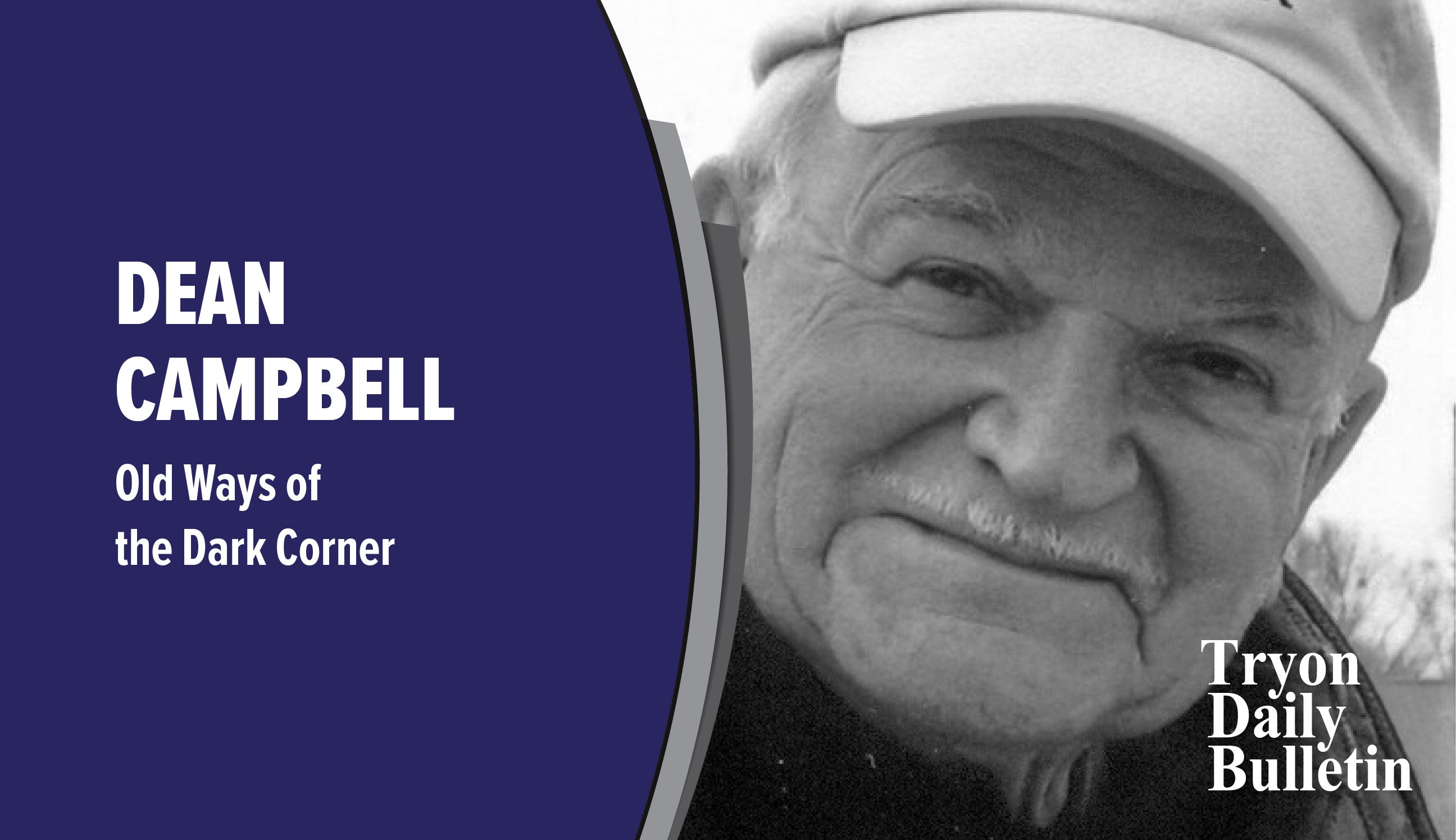Making history, preserving history
Published 8:00 am Friday, September 9, 2022
|
Getting your Trinity Audio player ready...
|
It was exciting to be an integral part of history being made on Saturday, August 27, 2022, when the first-of-its-kind service organization was chartered as the Blue Ridge History Lions Club, an official member of the Lions Clubs International family.
Over 100 Lions and guests met at Washington Baptist Church Fellowship Hall in Blue Ridge at a Charter Night dinner to celebrate with–and to see the induction of–twenty-two charter members of the first-of-its-kind club. I am a member of that honored group.
Our expressed mission is the researching, collecting, preserving and sharing of the area’s unique heritage and history.
International Director Dr. Diane Pitts gave the keynote comments and issued an impassioned charge to us charter members (and all in her hearing) to serve our community in a new way with the same dedicated spirit of service that Lions all over the world have done since 1917.
The new club was officially established on May 17 and we are already deep into research and resurrecting memorabilia of the area’s history. A new Blue Ridge Branch of the Greenville County Library system is being finalized that will have a dedicated room for such materials.
Since Dr. Drew Hines and I have recently done Bicentennial histories of the two oldest churches in the area, Washington Baptist and Gowensville Baptist, respectively, we were asked to make a historical presentation as “entertainment” for the dinner. We settled on our topics.
A Covid scare for Drew meant a solo stint for me. At the last minute, he was cleared to attend and be recognized as a Lions Past President.
A portable stage with two rocking chairs, a couple of decorative planters, and a historical building backdrop were provided. Appearing solo in a rocking chair made more sense if the information were to be imparted as a storyteller. The thought gave me some comfort since all five segments have been covered in my Twice-told Tales books of the Dark Corner (the Corner is part of the Blue Ridge area).
I began with the known story of gold being discovered in Greenville County in 1802 and four mining companies having operated on the Middle and South Tyger Rivers (changed from Drew’s planned Jug Factory Road production of traditional pottery since that is one of his areas of expertise, not mine). Many Blue Ridge residents have looked for gold nuggets along the Tygers, and a fist-sized gold nugget once was on display in the Washington, DC Museum of Natural History labeled “Gold Ore from Hogback Mountain, South Carolina.”
In contrast, few people know that iron ore assayed at 63 to 69 percent pure iron in a 14-mile vein on Glassy Mountain and surrounding ridges in 1906 led to an offer of $5 million in assistance from Pennsylvania steel interests. When it was discovered that the nearest railroad to bring needed coal for smelting furnaces was five miles away in Landrum and over 100 miles to bring lime needed for smelting, the offer was withdrawn. Since the Glassy Mountain ore was richer than that of Birmingham, AL, our scenic front range of Dark Corner mountains could have been one giant steel mill.
Next, most people know that the Gowensville Seminary located on the Gowensville Baptist Church campus was the foremost educational institution in the northwestern portion of South Carolina from 1858 until 1890. Two years after it closed, the North Greenville Baptist Association began a high school that evolved into an Academy, a Junior College, a College, and now University with three satellite campuses. (The university recently won the Division II National World Series for 2022.)
Little known is the fact that William Gilmore Simms, the antebellum author of essays, poems and novels–and author of The History of South Carolina used in the public school system for over three decades–made a lengthy visit to the upper Blue Ridge area in 1847. Much of his time was spent with James Fisher, an expert hunter and “teller of tales” whose family were among the first to settle there.
During an extended hunting trip with Fisher and four others from the western side of Tryon Peak to the Canebrake Fork of the Toxaway River, he made copious notes. He noted how they dressed, the guns they used, and how they worked with their dogs. Also, their poverty, lack of comforts, how they helped each other, shared knowledge or game, and their pursuits. He incorporated those notes into two novels, Voltmeier and The Cub of the Panther, as well as two short stories.
The solo stint ended with a shortened version of my “Eyes to the hills–why we are tied to the land” tale first published in the Tryon Daily Bulletin in December, 2016. There is much more than a “sense of place” prevalent here. We are tied to the land, inexplicably and completely, like no other place that I have ever known. The mountains are part of our hearts, souls and psyches. And for a vast number of us they are a daily reminder of our close and personal relationship with the Creator.
I was humbled by the lengthy standing ovation.



